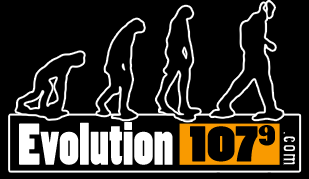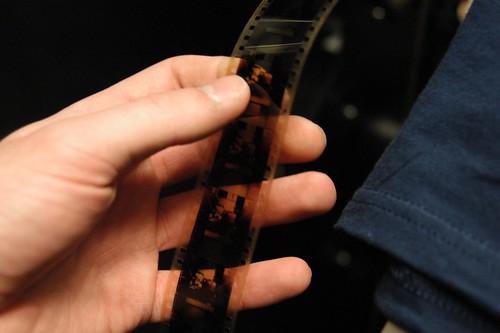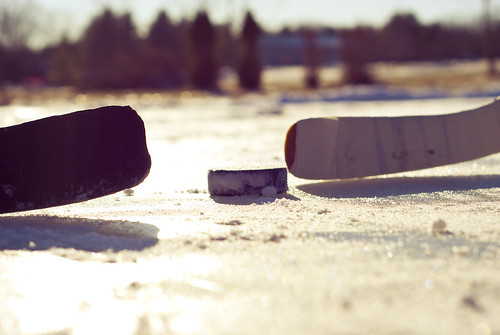So you might wonder why I have Wayne Gretzky and Connor McDavid in the same article, but I do have some reasons for it, other than they both played for the Edmonton Oilers. The records achieved and the awards received are insane.
Wayne Douglas Gretzky is a Canadian former professional ice hockey player for the Edmonton Oilers, Los Angeles Kings, St. Louis Blues, and New York Rangers. His nickname was The Great One and he retired when he was 38 in 1999. Now Connor Andrew McDavid is a current Canadian professional ice hockey centre and captain of the Edmonton Oilers in the NHL. He is currently 27.
Gretzky has won the Hart Memorial Trophy as an NHL Most Valuable Player 9 times, 8 of which were in a row. Whereas Connor has only had it three times so far in his career. However, McDavid and Gretzky are the only players in the 97-year history of the award to win the trophy by unanimous selection. McDavid has got him beat for being the youngest captain in NHL history at only 19 years old. McDavid and Gretzky are the only two Oilers in history to reach 20 points in 11 games during back-to-back seasons.
Gretzky played with the Oilers from 1979 to 1988. There is even the “Gretzky Rule” that was part of a package of five rule changes to be implemented in the 85 to 86 season. The NHL Board of Governors Society introduced offsetting penalties where neither team lost a man when coincidental penalties were called. The Oilers faced a lot of four-on-four or three-on-three situations with the opponent. Although after winning the Hart Memorial Trophy, Gretzky had criticized the NHL for punishing the teams and players who previously benefited. This is when the rule change became known as the “Gretzky Rule”, although the rule was reversed for the 1992 to 1993 season. He spent 1988 to 1996 with the Los Angeles Kings until he was traded to the St. Louis Blues. But he wasn’t there for long. In the summer of 1996, Gretzky signed as a free agent with the New York Rangers and remained there until he retired after the 1998-99 season. Gretzky has so many records that I can’t even count them. If I did this would be too long. Although I do also have to mention that Wayne Gretzky also has his own award, the Wayne Gretzky 99 Award. It’s awarded annually to the Most Valuable Player in the Ontario Hockey League playoffs. Although you also have The Wayne Gretzky International Award that’s presented by the United States Hockey Hall of Fame. And the Wayne Gretzky Trophy that is awarded annually to the playoff championship of the OHL’s Western Conference.
Now McDavid has won the Wayne Gretzky 99 Award. But he also has a few records. Including, obviously, youngest captain in NHL history. McDavid broke 1 of Gretzky’s records this past playoff season. McDavid achieved 34 assists in the playoffs beating Gretzky’s previous record of 31. Who knows what other records he might actually break? All I know is that their stats are pretty close to each other.











